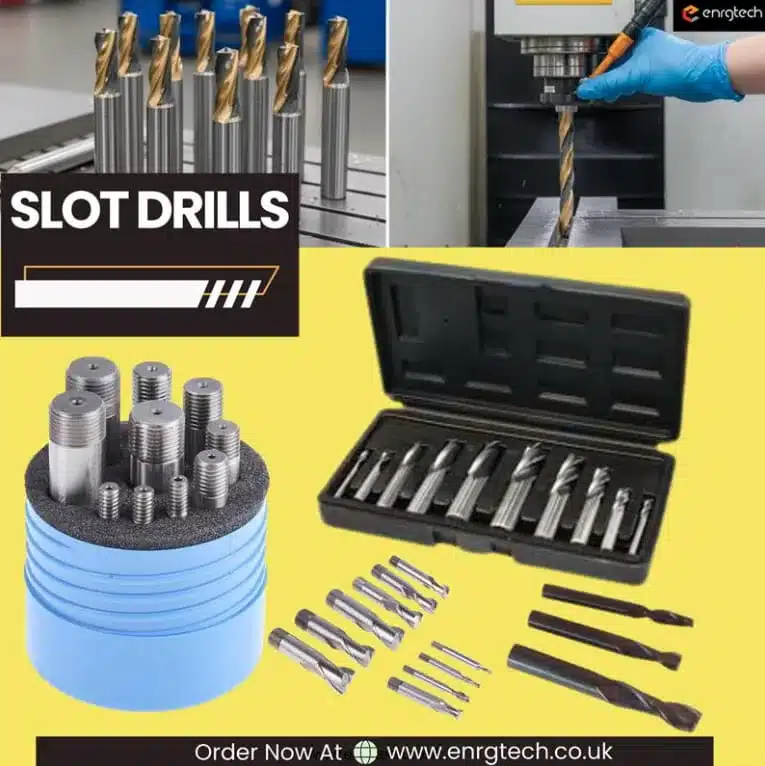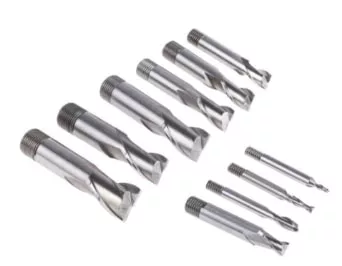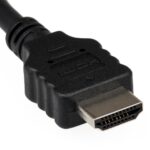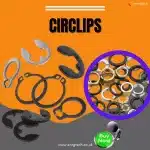
Introduction
In the world of precision machining, every tool has a purpose, and few are as specifically engineered as the slot drills. More than just a variation on the standard end mill, this specialised cutting tool is engineered to plunge, traverse, and carve out slots, keyways, and pockets with superior chip evacuation and finish. Equipped with a unique combination of features, understanding these tools is fundamental to achieving high-quality results. Dive in as we cover everything you need to know about these essential tools.
What are Slot Drills? Definition & Core Features
They are also called slot mills, are specialised rotating cutting tools specifically designed to create precise slots, grooves, and keyways in a workpiece. These tools feature two flutes that plunge straight down into the workpiece without deflection. A geometry of the slot drill reduces chatter, improves stability, and ensures clean, smooth finishes when dealing with harder materials. Slot mills are typically made from rugged HSS, cobalt, or carbide and are available in varied cut shanks and lengths. Among varied advanced features, the key feature of the slot drill is its center-cutting capability, which allows it to drill directly into the surface.
Slot Drills vs. End Mills: Finding the Difference
Slot drills and end mills may look similar, but their cutting behaviour and applications are quite different. Understanding their differences helps machinists choose the right tool for accuracy, efficiency, and surface finish. A slot drill is designed for straight plunge cutting, while the end mill is better suited for side cutting. Slot mills combine aspects of both drilling and milling, while end mills are specifically built for milling operations. Additionally, end mills feature multiple cutting edges, providing smoother cuts, but are not always suitable for plunging directly into material.
The Significance of Slot Drills in Machining
They are significant in machining because they offer precise, clean, and efficient material removal in applications that demand robust accuracy. They create precise slots, keyways, and pockets with a flat, accurate bottom. Their geometry allows them to plunge directly into the workpiece, improving control and reducing tool deflection. This capability makes slot drills ideal for machining metals, plastics, and other engineering materials where dimensional accuracy and surface quality matter.
What are the Popular Types of Slot Drills?
Slot drills come in various variants, primarily categorised by their materials and flue count. Some standard types include:
- Two-Flute Slot Drills
Two-flue slot drills, often called 2-flue end mills, are the most popular types that offer excellent chip clearance. They provide deeper cutting and cleaner edges, especially in softer materials such as aluminium.
- Three and Four-Flute Slot Drills
These drills offer greater rigidity and improved surface finish. They are suitable for tougher metals and deeper cutting operations.
- Carbide Slot Drills
Carbide models are extremely durable and resist wear even at high speeds. They are favoured for high-speed machining due to their heat resistance. Carbide slot mills are ideal for tough materials like stainless steel, titanium, and hardened alloys.
- High-Speed Steel (HSS) Slot Drills
HSS slot mills are affordable, flexible, and remain popular due to their versatility and longevity. They offer enhanced wear resistance and work well on softer metals and general-purpose machining tasks.
Most Common FAQs About Slot Drills
They are used to cut precise slots and grooves.
They come in various diameters, typically ranging from 3mm up to 20mm or more, depending on the application and machine.
Yes, their design supports vertical cutting.
It depends—slot drills are better for plunge cutting, while end mills are better for side cutting.
They can cut metals, plastics, and composites depending on type.
Carbide versions last longer than HSS.
Yes, they are widely available in both measurement systems to suit global machining standards.
Yes, many slot drills can be re-sharpened using tool grinders to extend their life and performance.
Consider material type, diameter, flute length, number of flutes, coating, and the required finish. Harder materials may need coated carbide slot drills.
Final Thoughts
The slot drill is a highly specialised and vital tool in the machinist’s arsenal. By combining drilling and milling functionality, these precision cutting tools provide versatility that standard drills or end mills may lack. In essence, slot drills remain a dependable choice for workshops that value precision and durability in every machining operation.






















